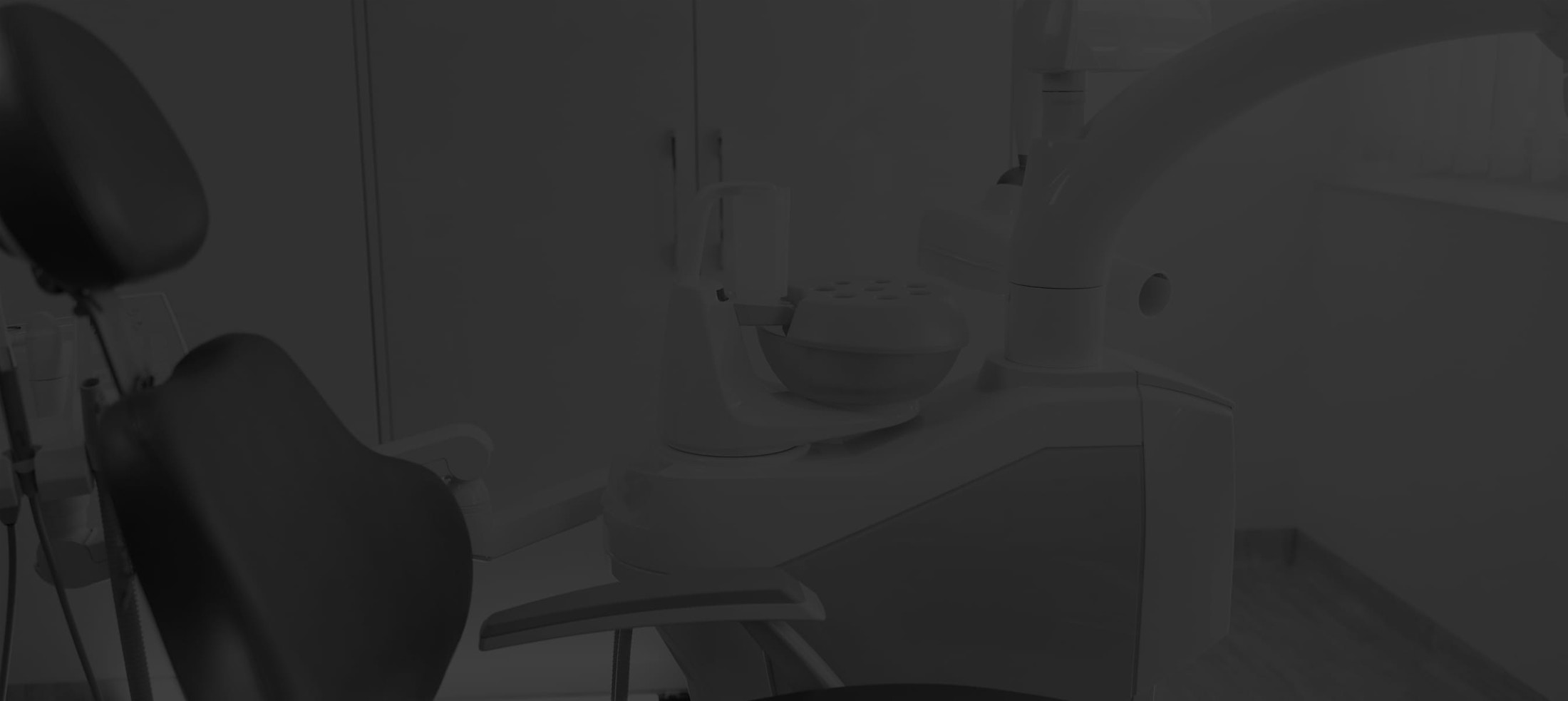Hypoxemia occurs when you don’t have enough oxygen in your blood.
Hypoxia Vs. Hypoxemia
Hypoxia and hypoxemia are two distinct problems. Hypoxia is when oxygen levels in your tissues (muscles, organs, etc.) are too low, usually caused by hypoxemia. Hypoxemia is the term for when the oxygen levels in your blood, specifically the arteries, are below normal. Breathing and circulation issues can lead to hypoxemia, which can lead to serious symptoms and even hypoxia if not treated.
You can have hypoxemia without developing hypoxia, particularly if you’ve only had low blood oxygen levels for a short period. In most cases, however, patients have both hypoxemia and hypoxia at the same time. Blood oxygen levels are usually described as either a percentage of oxygen saturation (where 100% is fully saturated) or as the partial pressure of oxygen (PaO2) in the blood (given in mm Hg).
What is a dangerously low oxygen level? A dangerously low oxygen level is anything below 90% oxygen saturation. Anything below 95% oxygen saturation (80 mm Hg) should be brought to the attention of a medical professional.





